Monopods are a valuable, but often misunderstood piece of photography gear you may own. This issue, I’ll answer the most commonly asked monopod questions:
- Why choose a monopod over a tripod?
- How do you choose the right monopod?
- Carbon Fibre or Aluminum?
- What about leg locks – twist or lever?
- How do I use a monopod?
I reached out to my friends at Vanguard Canada, who supplied me with two completely different monopods: the Veo 2 CM-264 Carbon Monopod and the Veo AM-264TV.
Photographers who routinely shoot with long lenses typically own a monopod. Many times, the monopod stays attached to that long lens. That’s great, but you’re missing so many great opportunities to use that monopod.
A monopod, like a tripod, is meant to help you stay steady for sharper images. It’s a single leg (mono), whereas a tripod is three legs. Monopods are a lot lighter than tripods and far more portable. However, you can’t set your camera on a monopod and walk away like you can with a tripod. A monopod can take the weight of a heavy long lens off your shoulders and camera strap.
A regular monopod is a single leg with 3 or 4 leg sections. If you like to sit, say in a blind for birding, you might prefer the 4-section as it’s easier to dial in a comfortable height. For those who stand and shoot, a 3-section sets up a little quicker.
The Veo2 AM-264TR is a 4-section monopod that features a handy tripod base. The three legs pull down into place and aid in your stability. It’s not a full-blown tripod base, so don’t leave your camera on its own. The AM-TR series creates a larger base when you need it for stability but can be used with the legs up, as well. I also had the Alta PH-114V fluid video head, which is ideal for videography where smooth panning is vital. The TR normally doesn’t come with a head.
For comparison, the Veo 2 CM-264 is a full carbon fibre 4-section monopod. It’s noticeably lighter, but the real advantage of carbon isn’t in weight savings, but in carbon’s ability to absorb vibration. Vanguard’s engineers have determined the best carbon lay-up to minimize vibrations from the ground up, meaning you can put the CM-264 in a stream and get less shake from the water than a comparable aluminium monopod.
The Veo series features metal lever locks. They open with a quick flick of the thumb and close just as easily. You can adjust the locking mechanism’s tension yourself with the supplied Allen key. It’s quick and efficient.
Twist locks are the other option. Unfortunately, most twist locks don’t have a stop built-in. I can’t count how many photographers have untwisted those leg locks until the leg pops out. The lock mechanism has a bad habit of breaking and reassembly takes the precision of a surgeon and just as much skill. No thanks!
Vanguard addressed that shortcoming with the Veo 2 series – the twist lock will only rotate a quarter turn! It really is genius. You can’t undo it and ruin your monopod. A quick turn of your wrist to unlock, extend or contract your monopod, and a quick turn of your wrist to lock. It’s remarkably quick and works time after time.
What is the best way to use a monopod? It depends which monopod you have, but the key is to use your two legs with the monopod. I get my feet shoulder width apart, then lean-in towards the monopod, keeping the monopod close to vertical. The three legs combined give you close to the stability of a tripod.
When I change that position is when I use the AM-TR series. With the monopod base, I’ll stand on one of the base feet and get my other foot back a little further than shoulder width. I make sure my body is stable and the tripod base gives me some extra stability.
Watch any pro sport and you’ll see almost every photographer has a monopod attached to their long lenses. Another great use of a monopod is for hiking. The Veo series of monopods feature a golf-type rubber grip and wrist tether: it doubles as a walking stick. If you don’t feel like carrying your monopod, they also have a carabiner, so you can clip your pod to yourself.
I went for a short hike with my Tamron SP 15-30, an image stabilized ultra wide, and took some comparison photos to show the advantages a monopod can provide landscape shooters. ISO was set at 64 and I shot in Shutter Priority to obtain the best shutter speed. I took multiple images to see what the slowest shutter speed I could use and get over 80% “keepers”. Handheld, with VC enabled, I could get sharp images consistently at 1/25s.
Handheld, with VC enabled, I could get sharp images consistently at 1/25s.
On the Veo 2 CM-264, with VC disabled, I could gain a full stop and a third! My shutter speed was down to 1/13s. I disabled VC as a lot of photographers own wide angle lenses that don’t offer image stabilization.
When I enabled VC on the monopod, I could get my shutter speed down another full stop to 1/8s. If I had a neutral density filter for that lens, I think I could have gotten my shutter speed even slower with the camera and lens on a monopod.
With a minimum 2 1/3 stop advantage over shooting handheld, a monopod is a great addition to your landscape kit if you want to start adding some interesting motion blur to water or the sky. At a fraction of the weight of a tripod (not to mention easier to setup), a good monopod can be the difference between a “meh” snapshot and a “That’s beautiful!” photograph.

About the Author – Will Prentice (www.capturaphoto.ca) is a professional photographer based out of Whitby, Ontario and Brand Specialist – Lighting for Amplis.



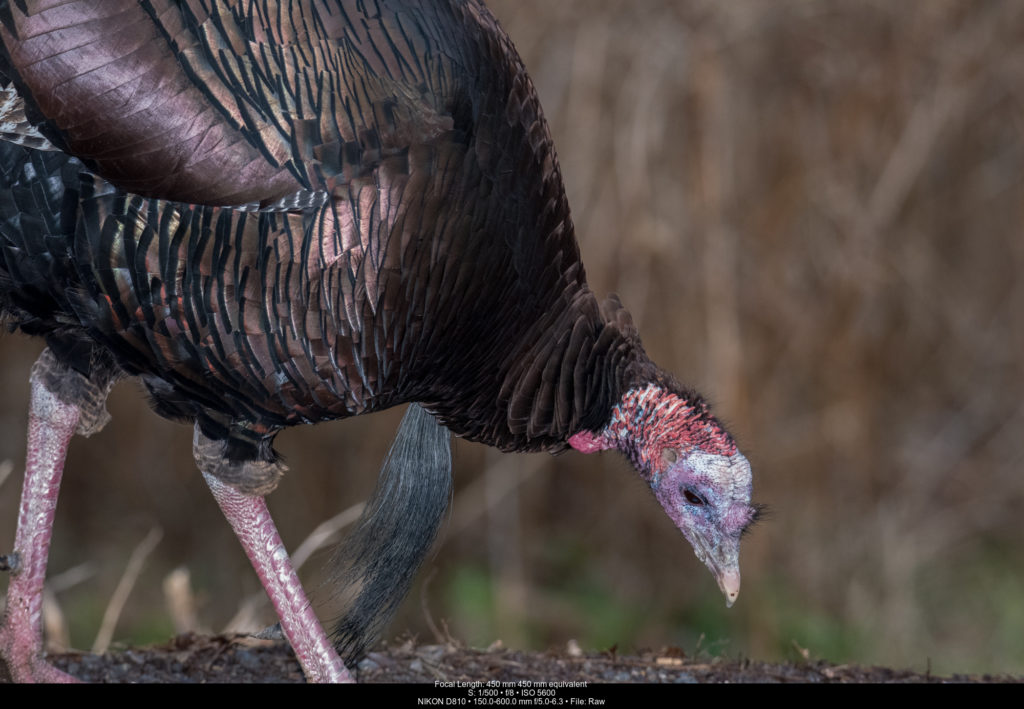







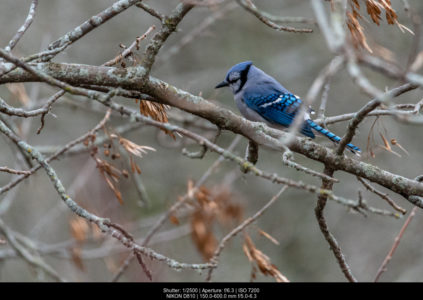



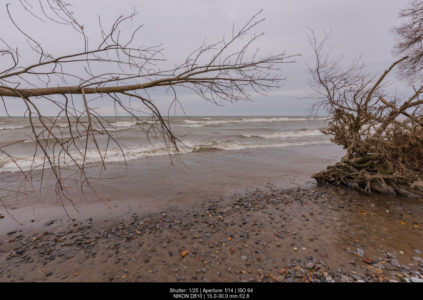
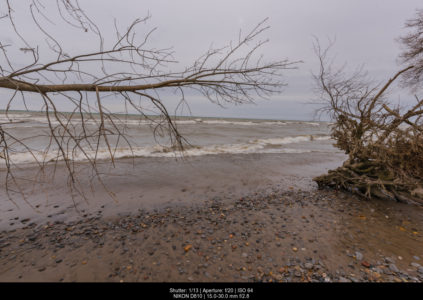
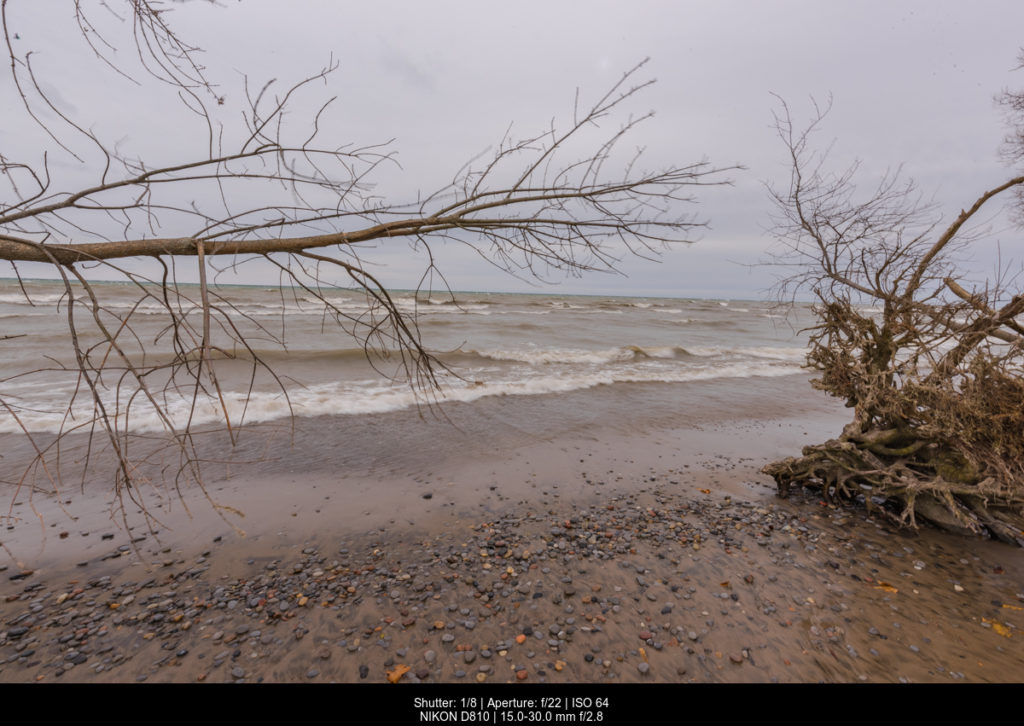






Thanks for your information regarding monopods. I got one as a gift some time ago and was hesitant about using it. I’ll give it a try. Thanks again!
You’re very welcome, Dave. I’m sure you’ll find it useful!
very good review, with concise explanation to aid in a decision.
You are very welcome, Marlyn. I hope you enjoy your new monopod, whichever one you decide to purchase.